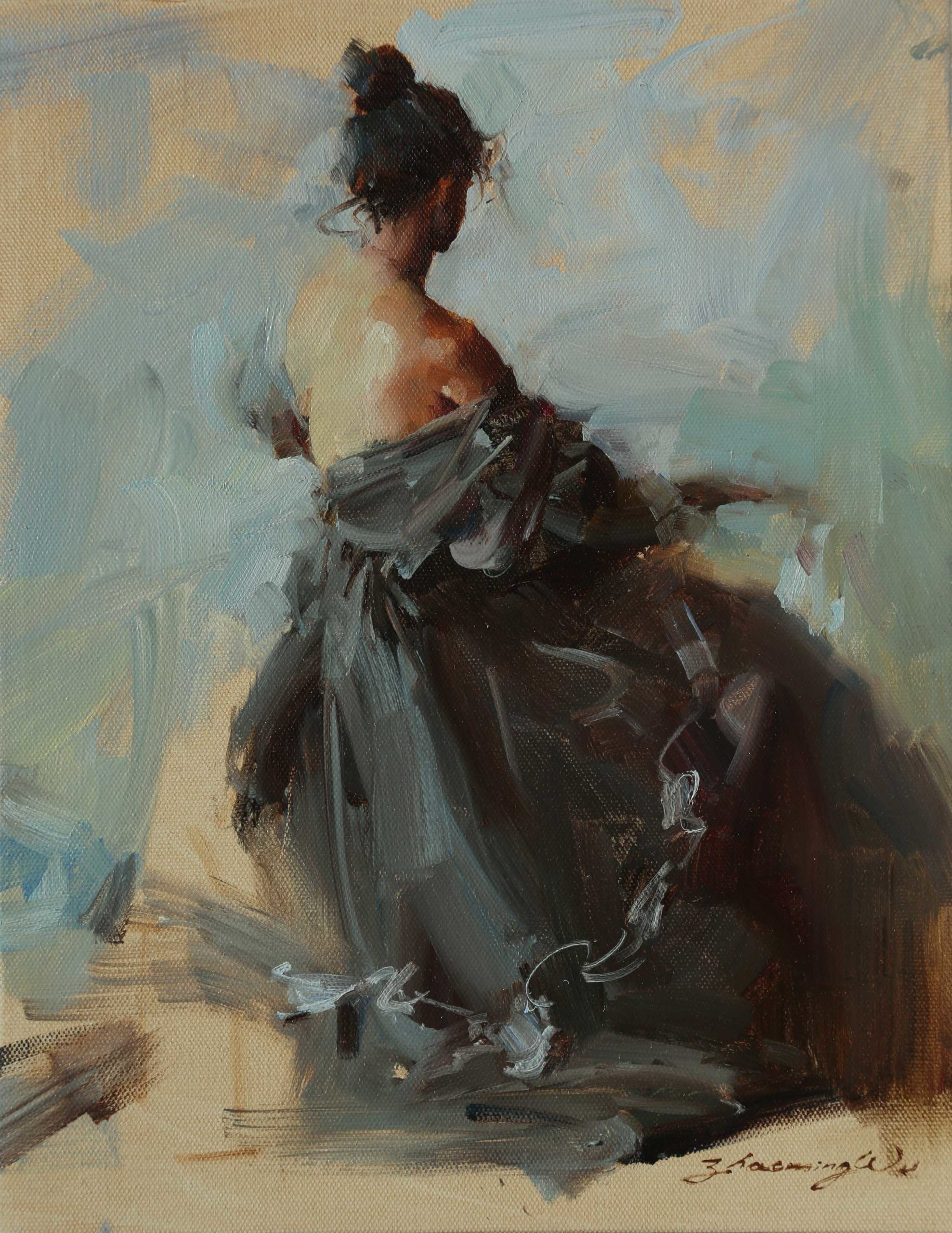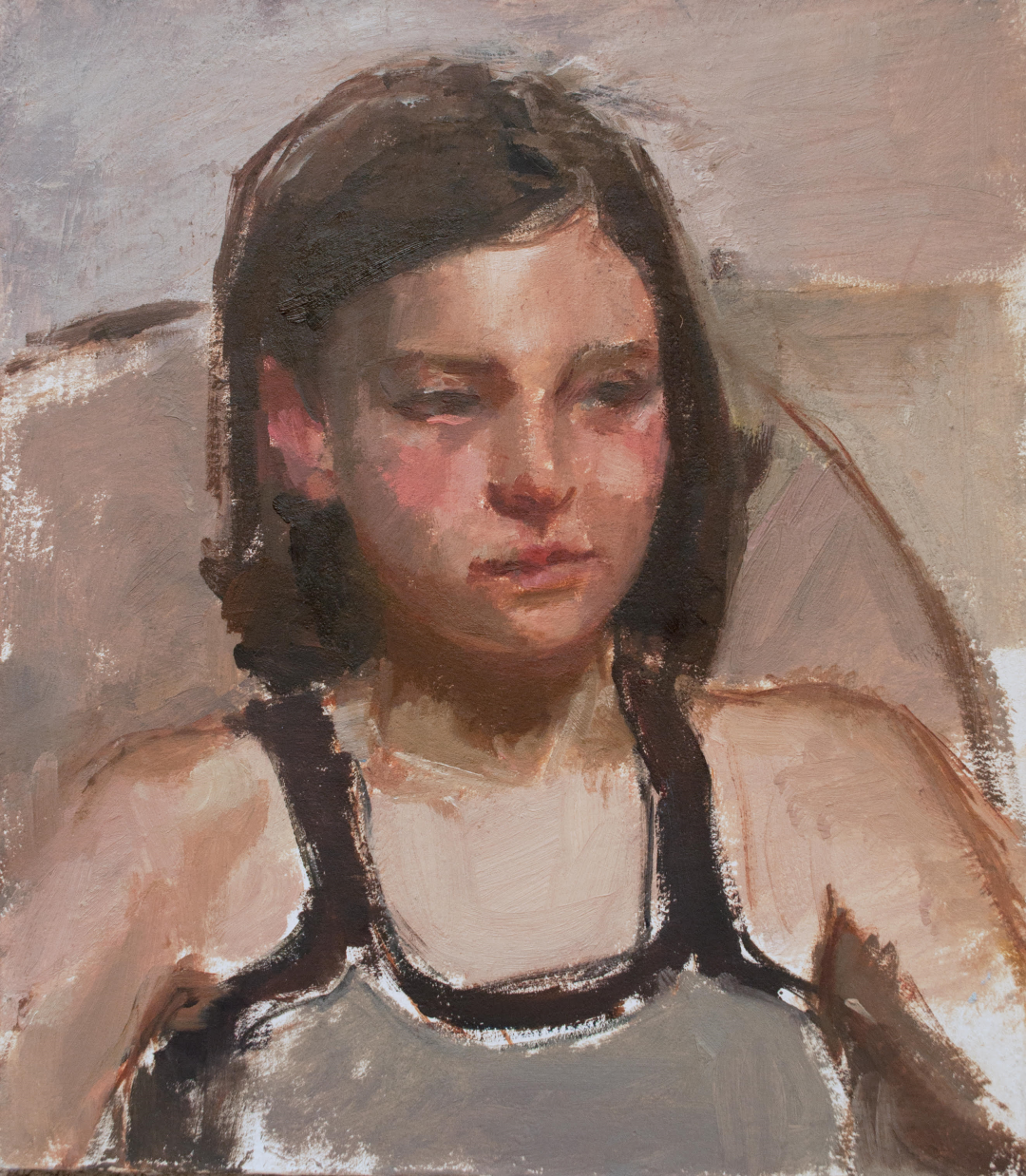Discover the very best Tips for Creating Stunning Figurative Oil Painting Artwork
Discover the very best Tips for Creating Stunning Figurative Oil Painting Artwork
Blog Article
The Advancement of Metaphorical Oil Painting: Understanding Its Historic Relevance and Modern Interpretations
The development of metaphorical oil paint functions as a compelling lens via which to take a look at the interplay in between creative expression and historical context. From the thorough naturalism of the Renaissance to the emotive power of the Baroque, each era has actually contributed layers of definition and method to this timeless tool. Contemporary artists, attracting from this abundant heritage, are now reinterpreting the human number in manner ins which challenge traditional stories. As we check out these changes, one must consider just how the dialogue in between present and previous informs not just artistic technique but also societal representations in a significantly intricate globe.
Beginnings of Figurative Oil Paint
The beginnings of figurative oil paint can be traced back to the very early Renaissance in Europe, especially in the 15th century. This period noted a considerable separation from the rigid kinds and flat depictions characteristic of middle ages art. Musicians started to explore naturalism, highlighting the human number and its emotional expression. The advancement of oil paint permitted greater depth of shade and information, enhancing the realistic look and vibrancy of their job.

In this transformative period, numbers were usually shown within contextually abundant atmospheres, showcasing not only their physical features yet likewise their mental states. Pioneers such as Jan van Eyck and Titian used the tool's adaptability, employing layering techniques to attain brightness and texture. This innovation promoted the representation of elaborate fabrics and the subtleties of complexion, contributing to the development of portraiture and narrative scenes.
Additionally, the Renaissance focus on humanism cultivated a gratitude for individuality, which subsequently influenced musicians to produce more relatable and vibrant numbers - figurative oil painting. Because of this, metaphorical oil painting arised as a powerful automobile for storytelling and emotional engagement, preparing for future artistic motions and designs
Key Historic Movements
Substantial historical motions have actually shaped the advancement of figurative oil painting, each adding distinct ideologies and techniques that broadened the tool's possibilities. The Renaissance noted a pivotal minute, stressing realism and the human type, with musicians like Leonardo da Vinci and Michelangelo pushing the limits of physiological accuracy and point of view. Following this, the Baroque period brought dramatic contrasts of light and darkness, exhibited by Caravaggio, who instilled spiritual themes with intense emotionality.
The 19th century presented Romanticism and Realism, where musicians such as Delacroix and Courbet tested classic perfects, concentrating on private expression and day-to-day life. The development of Impressionism further changed the medium by stressing the impacts of light and color, causing a departure from typical representation.
In the early 20th century, motions like Expressionism and Cubism redefined metaphorical painting with abstraction and the expedition of emotional depth. Each of these motions not just mirrored the social changes of their times however likewise laid the foundation for modern analyses. The interaction in between these historical movements has created a rich tapestry of approaches and designs, affecting modern-day musicians in their search of recording the human experience on canvas.
Techniques and Materials Evolution

Throughout the Baroque period, strategies such as chiaroscuro and sfumato emerged, boosting the emotional vibration of figurative make-ups. Artists started to experiment with lusters and impasto, manipulating appearance and luminosity. By the 19th century, innovations like the usage of pre-mixed paints in tubes revolutionized access, allowing musicians to paint en plein air and More Help record the short lived impacts of light.
The 20th century observed the introduction of artificial pigments and tools, which expanded the scheme and modified the uniformity of oil paints. The exploration of brand-new application strategies, such as palette knives and brushes of varying rigidity, further diversified creative expression. Jointly, these advancements reflect the progressing partnership between materials, techniques, and the creative vision intrinsic in metaphorical oil paint.

Contemporary Interpretations
Contemporary interpretations of figurative oil paint mirror a vibrant discussion in between custom and advancement, where artists challenge established norms and explore varied motifs. This advancement shows up in numerous methods, as contemporary artists blend timeless strategies with contemporary ideas, typically dealing with social, political, and personal narratives.
Several experts attract motivation from historical jobs, yet they instill their pieces with contemporary perspectives, making use of the human kind as an automobile for discourse on culture, sex, and identity. Artists increasingly experiment with abstraction, distortion, and combined media, which enables for a broader analysis of the number and its context.
Furthermore, using brilliant color schemes and unique structures often offers to disrupt typical checking out experiences, prompting vital engagement from target markets. This shift in focus extends beyond aesthetic appeals; it reflects a growing recognition of the complexities of human experience in an interconnected globe.
As figurative oil paint continues to progress, it remains a crucial tool for checking out the subtleties of contemporary life, symbolizing both a regard for heritage and a commitment to modern idea. The result is an abundant tapestry of expression that resonates with the complexities of the modern-day human condition.
Effect On Modern Art
The impact of figurative oil painting on contemporary art is extensive, as it has actually constantly influenced a myriad of creative movements and practices throughout the 20th and 21st centuries. From Expressionism discover this info here to Surrealism and beyond, the expedition of the human number has actually continued to be a main motif, allowing artists to convey complicated emotions and narratives. This emphasis on figurative representation has resulted in a re-examination of conventional methods, leading to ingenious techniques that mix realistic look with abstraction.
Additionally, modern musicians have actually accepted figurative oil painting as a way to deal with social and political problems, using the medium to challenge perceptions of gender, identification, and society. The renewal of passion in figurative work in recent years mirrors a wishing for link in a progressively electronic world, where human experience and emotion are critical.
In addition, the dialogue between figurative oil painting and contemporary art is official source noticeable in the works of artists such as Kehinde Wiley and Jenny Saville, who draw on historic referrals while instilling their pieces with contemporary significance. Eventually, metaphorical oil painting proceeds to form and redefine modern artistic expression, highlighting its long-lasting importance in the art world.
Verdict
The evolution of figurative oil paint highlights its historical significance and adaptability throughout different artistic activities. Inevitably, metaphorical oil painting remains an important tool for discovering the human experience, resonating profoundly in today's electronic landscape.
The evolution of figurative oil painting offers as an engaging lens through which to check out the interaction between imaginative expression and historic context.Considerable historic motions have shaped the evolution of figurative oil paint, each contributing one-of-a-kind viewpoints and techniques that increased the tool's possibilities.As historic motions shaped the trajectory of metaphorical oil painting, the materials and strategies employed by musicians have additionally gone through significant makeovers. figurative oil painting.The impact of metaphorical oil paint on modern art is extensive, as it has consistently motivated a myriad of artistic movements and techniques throughout the 21st and 20th centuries.The evolution of figurative oil painting highlights its historic value and flexibility throughout different creative movements
Report this page